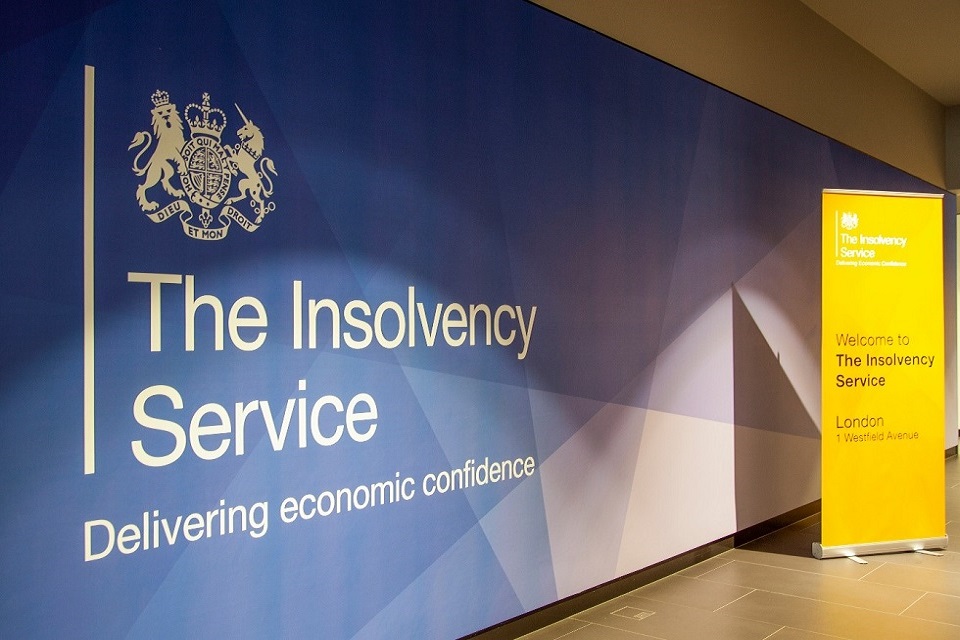
Construction and insolvency experts share advice on how businesses can spot a company on the cusp of insolvency so they can act to protect projects and mitigate losses.
The construction industry trade press frequently writes about administrations in the industry. Whilst the Insolvency Service’s figures show that around one construction company went into administration every other day in Q1 2023, significantly higher numbers went quietly into liquidation during the same period, at an average rate of around 11 per day.
Those involved in construction projects need to remain vigilant about the risk of someone in their project becoming insolvent, or experiencing operational distress in the lead up to a formal insolvency.
That said, it’s unlikely that another party in a project would tell you about the state of their solvency or their concerns about their business (or at least in sufficient time). Equally, the people in a business who you work with day-to-day may have no idea what their wider organisation is grappling with in terms of slow cashflows, dwindling profit margins or unexpected financial impacts.
So, what could or should you look out for if you have concerns about another party’s solvency?
Scanning for danger
Being alive to possible indicators that an employer, contractor or subcontractor could be facing financial difficulties to the point that they may be about to enter an insolvency process is vital. We’re living in a data age, so it’s not surprising how much information is in the public domain, relating to the financial health (or ill health) of a counterparty, which companies can be monitoring and harnessing to their benefit. It’s not an exact science, but there are some things you can keep an eye out for, including them:
- having or seeming to have cashflow issues;
- paying supply chain invoices or employees’ wages late, or even not paying them at all;
- revisiting payment terms and trying to renegotiate them;
- being the subject of persistent industry rumours that focus is on their financial position and stability;
- making official announcements to shareholders or the market about their financial performance;
- stopping or suspending work without giving any explanation;
- making changes to the project by scaling back or omitting some of the works, where these changes are uncommercial and surprising;
- unexpectedly removing their staff or personnel from the project or site;
- filing their accounts or annual returns at Companies House late (these have to be filed within nine months of a company’s financial year-end);
- having court claims issued or judgments entered against them.
The above are all common precursors to a company entering administration or liquidation.
While you may get some (albeit limited) notice of a company entering a formal insolvency event itself, for example that one of its creditors has presented a petition to wind up the company, its financial plight will inevitably be terminal at this point. In other cases, you may only find out after the event, such as when a notice is filed of administrators having already been appointed over the company.
Alarm bells ringing? Act now
As they say, forewarned is forearmed, so if you’re on alert and have spotted an early warning sign, there are a few things that you can do to prepare. From there, you can work out what your options are, and what the next steps should be.
These all essentially involve taking proactive steps, rather that passively reacting to events as they happen. For example, you could:
- Keep an eye on Companies House online, which allows you to ‘follow’ companies that are causing you concern for free. For example, an alert will be sent out if and when a company files their accounts. Whilst Companies House is only as good as what a company has filed, a search would also show a lack of filings.
- Search the Gazette, a UK official public record, where notices relating to company insolvencies (such as the presentation of a winding up petition) have to be advertised. You can also subscribe to the Gazette’s data service.
- Search the Central Registry of winding up petitions, which not only records the presentation of a winding up petition, but also shows whether a notice of the appointment of administrators over a company has been filed at court. A search will reveal these in real-time, whereas notices published in the Gazette typically only appear after the event.
- Search the Register of Judgments, Orders and Fines for County Court Judgements, which would reveal any court judgments against a company.
- Obtain a credit report for the company, which often helpfully packages up publicly available information, including from the above sources, in one place.
- Engage a specialist business data intelligence/creditor services provider, which offers bespoke products, has access to more data and can give a better insight into a company’s financial position.
Concerning outlook
The results of your investigations may not reveal anything if the party you are looking into is at an early stage of its financial difficulties. Alternatively, when the information is pieced together, it may reveal a concerning outlook for that party, and therefore also for you.
Either way, you need to consider what do to next with the information that you have.
It is important for companies to act swiftly if they consider that a business in their supply chain may be in financial difficulty. Taking advice at an early stage as to the options available will help you to make the right decisions to protect your business and your construction project.
Michelle Essen, Fintan Wolohan, Jessica Tresham and Jonathan Dunkley are construction and insolvency experts at law firm Womble Bond Dickinson.











